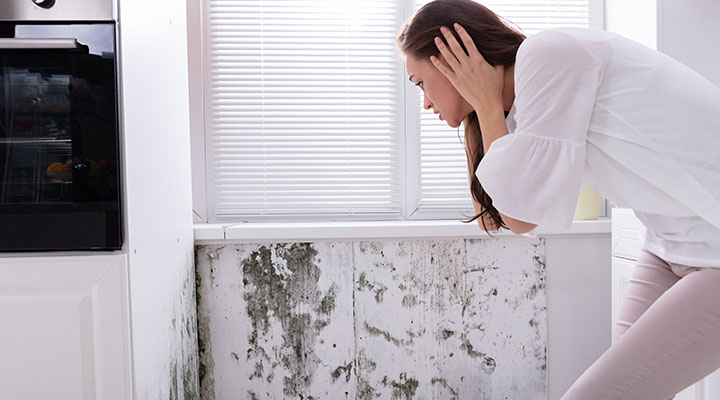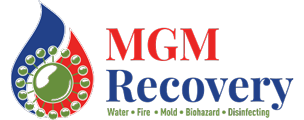Mold Remediation services refer to the process of identifying, containing, removing, and preventing the growth and spread of mold within indoor environments. Mold Remediation is carried out by professionals who are trained and experienced in handling mold-related issues safely and effectively. The goal of mold remediation is to restore indoor air quality, prevent health risks associated with mold exposure, and prevent further. damage to structures and materials.

Here are the typical steps involved in Mold Remediation Services:
- Inspection and Assessment:
- A thorough assessment of the affected area is conducted to identify the extent of the mold growth, the type of mold present, and the underlying causes such as moisture intrusion.
- Containment:
- Containment measures are implemented to prevent the spread of mold spores to unaffected areas during the remediation process.
- Techniques such as using plastic sheeting, negative air pressure, and sealing off affected spaces are employed to create isolation zones.
- Personal Protective Equipment (PPE):
- Remediation professionals wear appropriate personal protective equipment, including masks, gloves, goggles, and protective clothing, to avoid exposure to mold spores.
- Moisture Source Identification and Elimination:
- The source of moisture that caused the mold growth is identified and addressed. This may involve repairing leaks, improving ventilation, and addressing water intrusion issues.
- Removal of Mold-Infested Materials:
- Porous materials heavily contaminated with mold may need to be removed and disposed of properly to prevent further spread of the infestation.
- Non-porous materials can be cleaned and treated to remove mold growth.
- Cleaning and Disinfection:
- Non-porous surfaces are cleaned using appropriate cleaning agents to remove mold and mold stains.
- Special care is taken to prevent the release of mold spores during cleaning.
- HEPA Vacuuming and Air Scrubbing:
- High-Efficiency Particulate Air (HEPA) vacuums are used to remove settled mold spores and debris from surfaces and the air.
- HEPA-filtered air scrubbers help improve indoor air quality by capturing airborne mold spores.
- Drying and Dehumidification:
- The affected area is thoroughly dried to prevent further mold growth.
- Dehumidifiers and proper ventilation are used to create optimal drying conditions.
- Post-Remediation Verification:
- Post-remediation verification involves reassessment and testing to confirm the success of the remediation efforts by a third party environmental hygienist.
- Visual inspections, air sampling, and surface sampling may be conducted to ensure that mold levels are within acceptable limits.
- Documentation and Communication:
- Detailed documentation of the assessment, containment measures, remediation activities, and verification results is provided to the appropriate parties.
- Preventive Measures:
- Remediation professionals may offer advice on preventive measures to avoid future mold growth, such as maintaining proper ventilation and addressing water leaks promptly.
Mold remediation services are essential for maintaining a healthy indoor environment and preventing the potential health risks associated with mold exposure. It’s important to hire qualified professionals, like MGM Recovery, who follow industry standards and guidelines to ensure safe and effective mold remediation.
